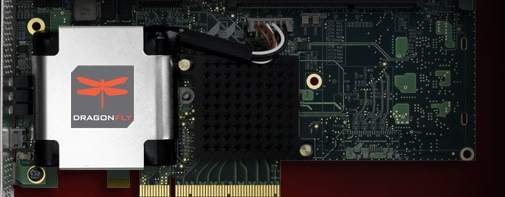Marvell and SanDisk are collaborating on a new generation of microservers for enterprise cloud storage.
Combining Marvell’s ARM reference design with SanDisk’s SATA SSD modules, the resulting platform is expected to boast high performance, low power and extreme spatial efficiency for I/O intensive environments.

According to SanDisk exec Kevin Conley, servers based on the Marvell quad core ARM-based ARMADA XP SoC architecture are capable of driving higher CPU utilization while offering demand based scaling.
Indeed, the Marvell ARMADA XP series of multi-core processors employs a very low power architecture and scales up to four Marvell-designed ARM V7 MP-compliant 1.6GHz CPU cores. The ARMADA XP series also supports SMP (Symmetrical Multi-processing) / AMP (Asymmetrical Multi-processing) modes with hardware cache coherency and a 64-bit DDR2/DDR3 memory interface – all running at an 800MHz clock rate (1600MHz data rate) to optimize performance.
The specs on the SSD side are no less impressive, with the SATA X100s outpacing traditional hard disk drives (HDDs) in every performance category. The SSDs feature a 6 Gbit/s SATA interface – achieving read and write speeds of up to 500 MB/s and 430 MB/s, respectively.
Providing up to 256GB of storage in an mSATA form factor, these SSDs can provide high density arrays of storage inside single blade configurations. And since they have no moving parts, SSDs run cooler, create less noise, and use less power than HDDs.
In other Marvell related news, the California-based company rolled out its newly minted DragonFly platform, featuring DragonFly NVRAM and DragonFly NVCACHE.
Essentially, DragonFly is an “intelligent” NVRAM SSD accelerator – or low-latency write-back cache running embedded software in a PCIe adapter form factor. The accelerator – which plugs directly into commercially available servers with a PCIe slot – is designed to remove the complexity typically associated with high-performance caching.
Moreover, it combines Marvell’s SoC technology with its newly designed circuit boards. The result? A sub-system platform that is said to consistently achieve 10-100x improvements in latency and server I/O performance – all while reducing power, space and storage capital costs in the datacenter.






